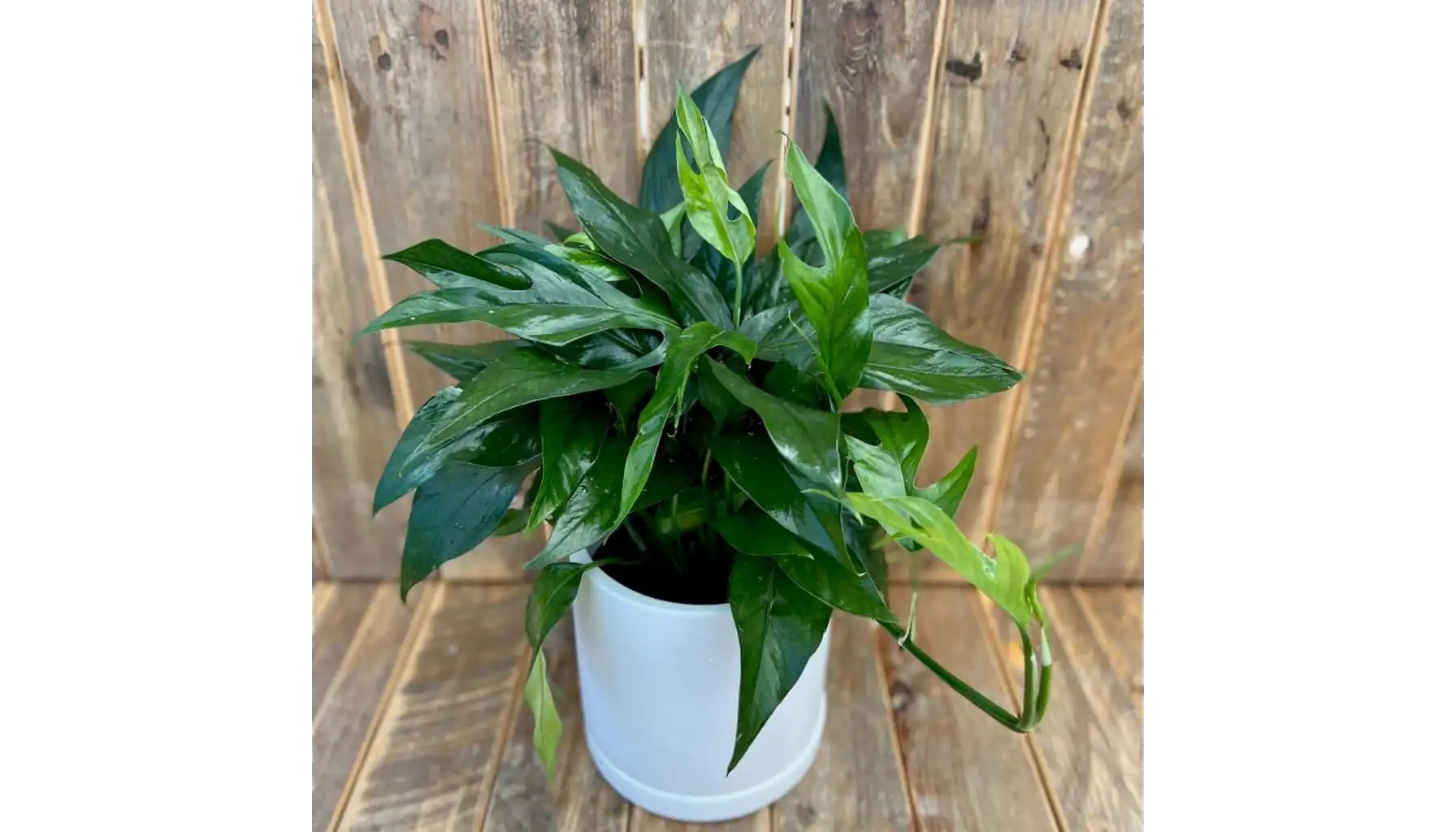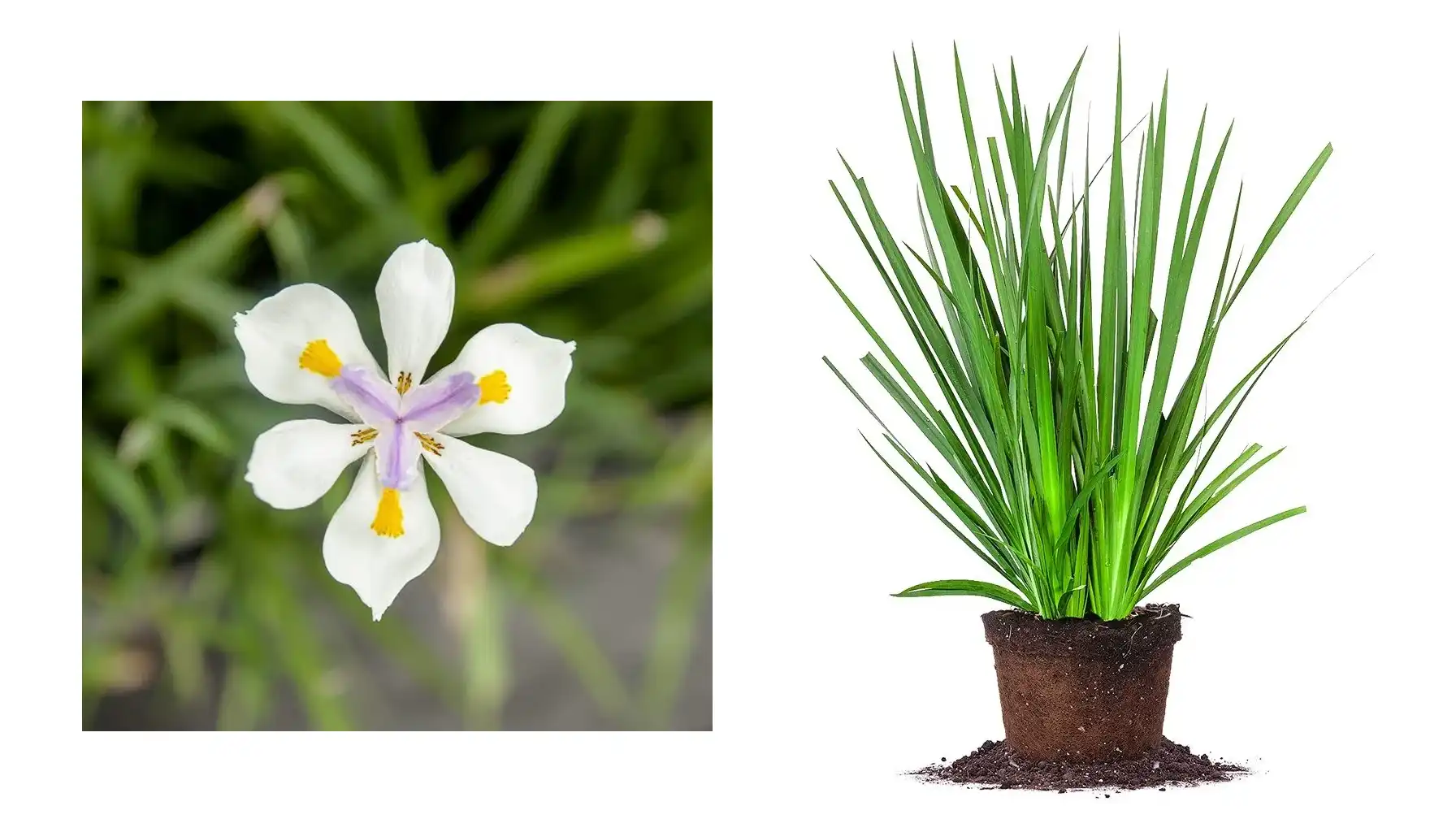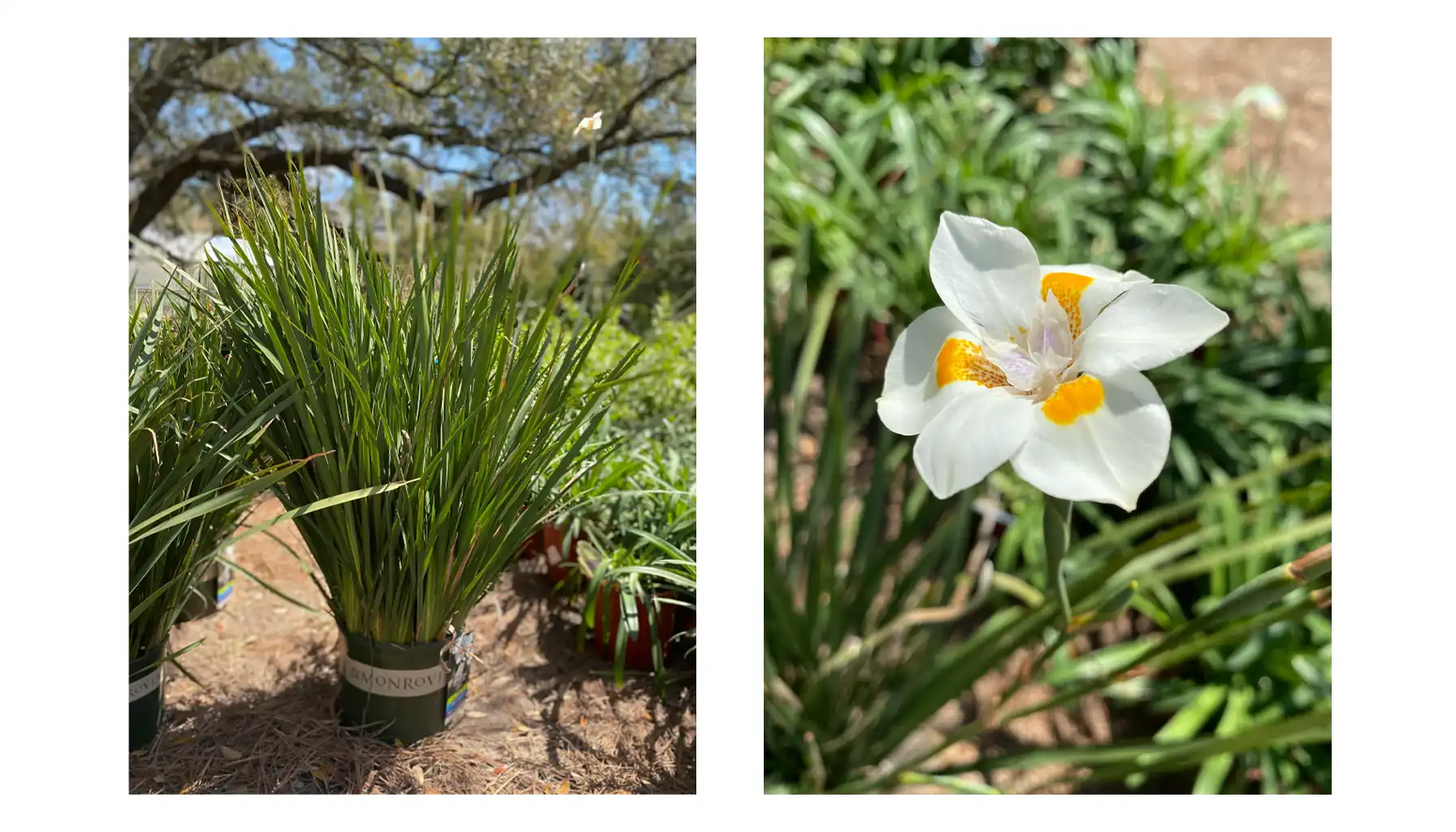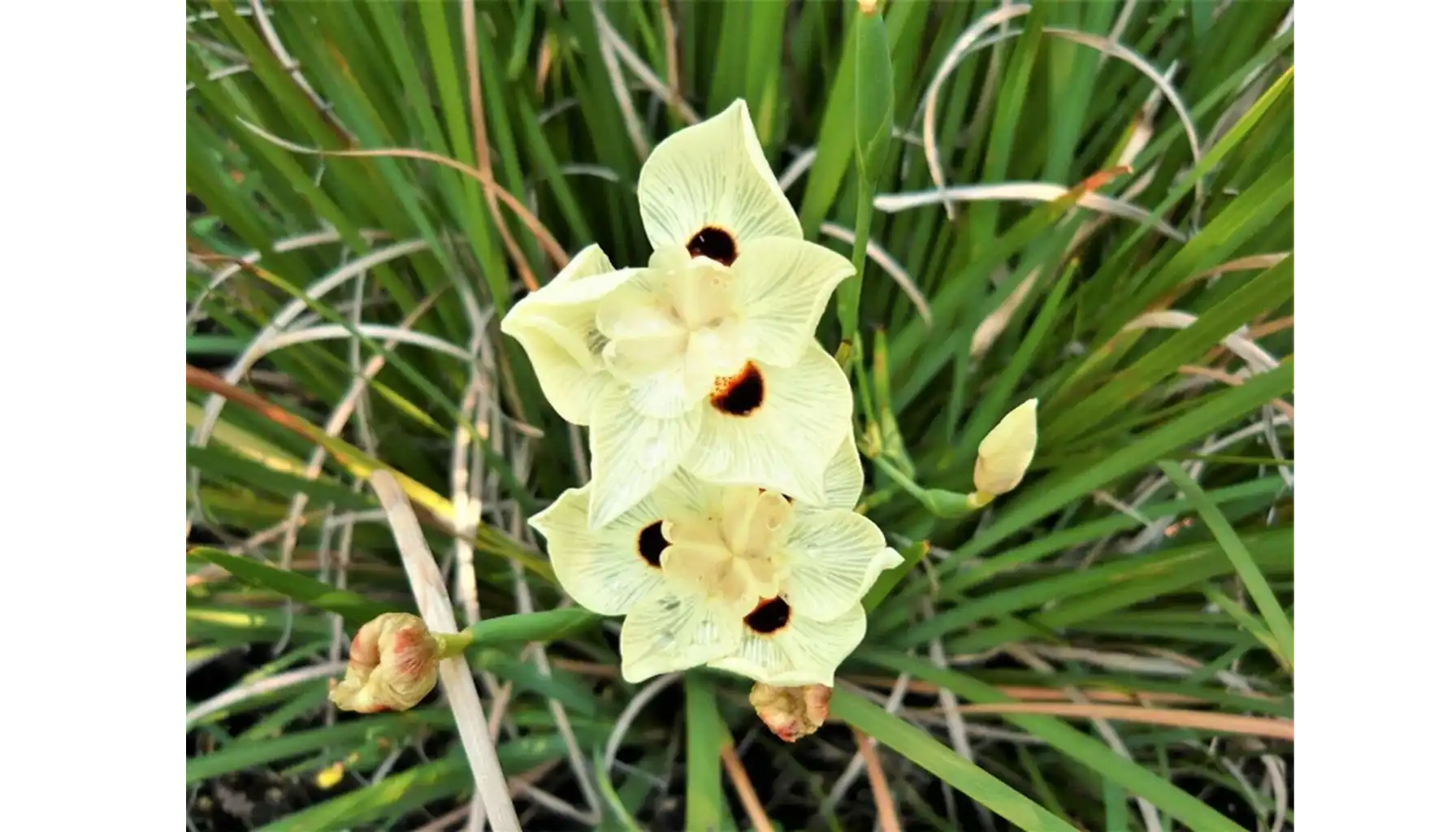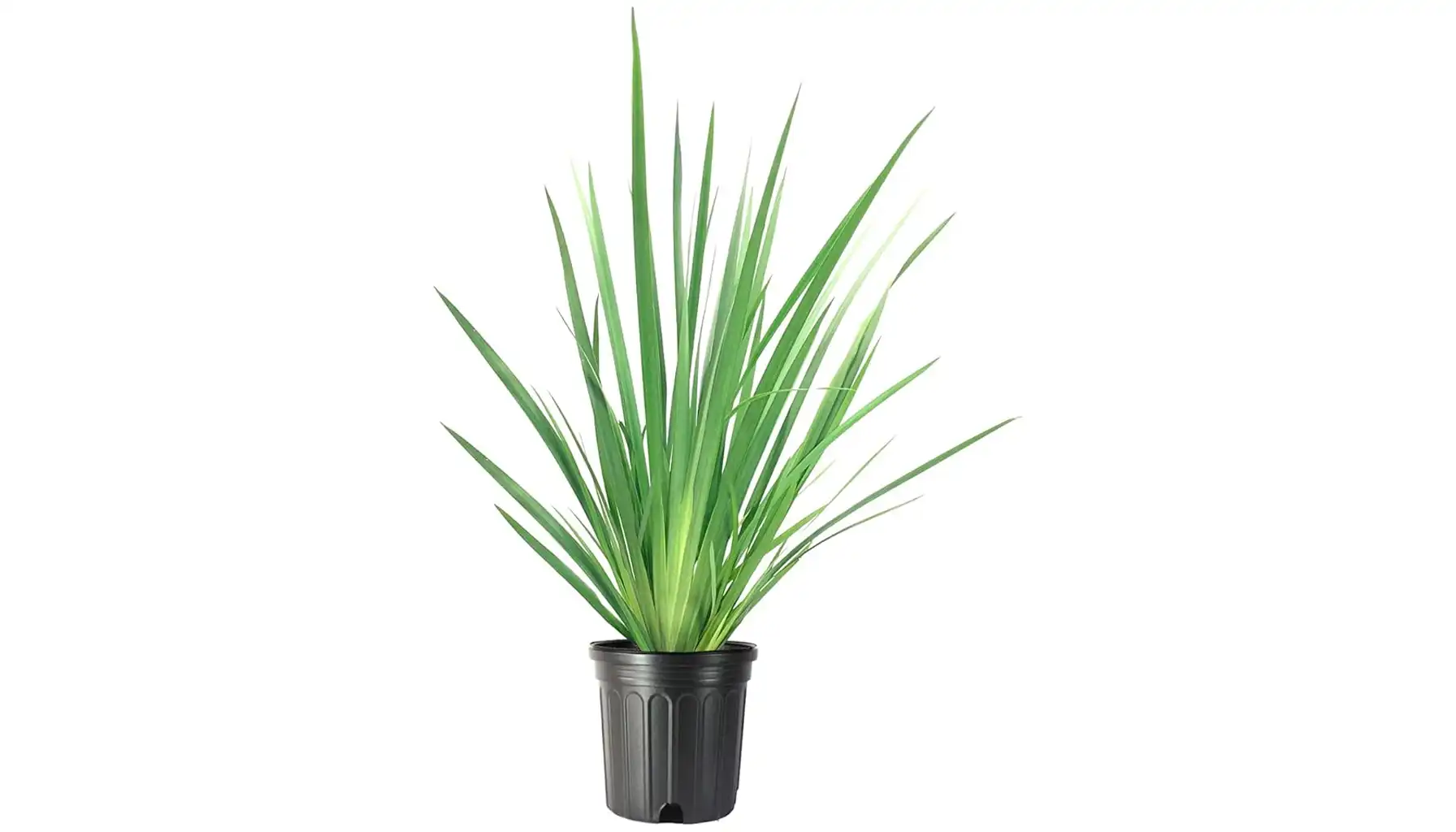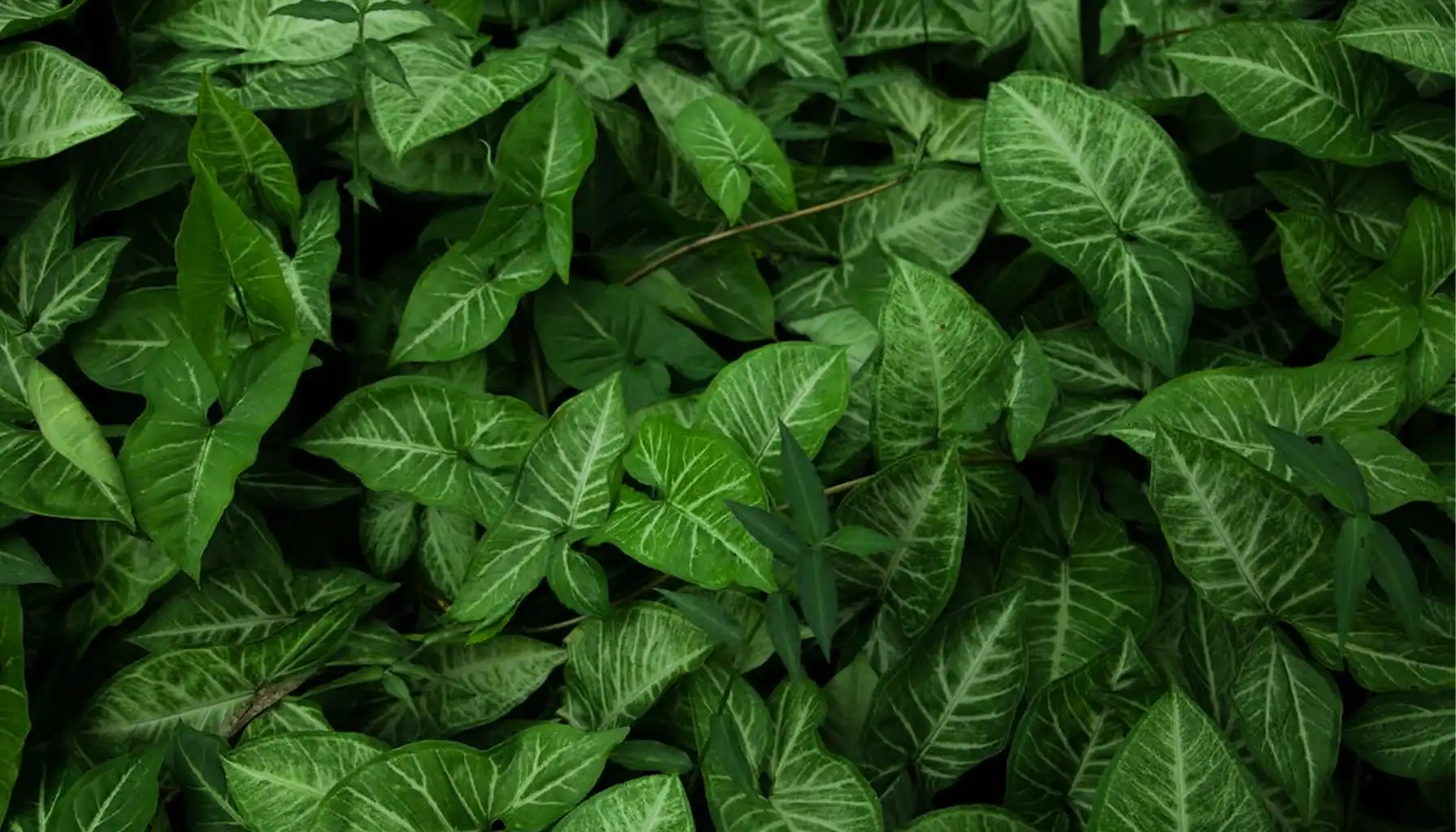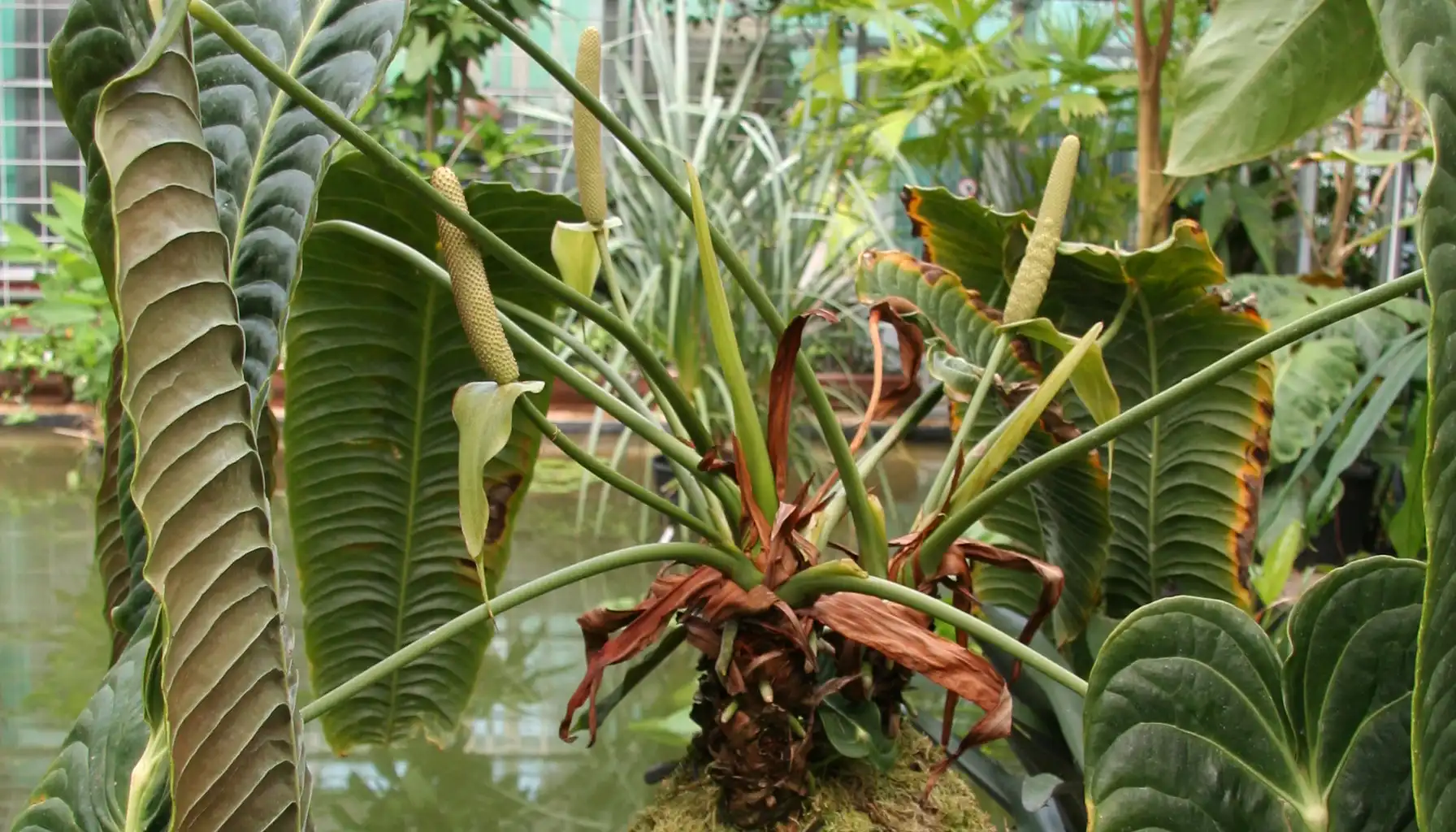When planning your garden, you might want to consider the African iris (Dietes iridioides). An incredibly tenacious plant whose origin traces back to eastern and southern Africa, it offers a vast array of flowers that can ornament a garden elegantly throughout the year. Whether planting it in your front yard or using it to border your garden, it has great beauty and finesse.
Curious about this gorgeous plant and how to keep it happy? Try the plant identification app for a quick ID and easy care tips.
What is the African Iris?
The African iris is a fairly long-lived plant. It likes well-drained soil and constantly absorbs sunlight for most of the day. It blooms in a range of beautiful African iris colors, from vibrant yellow African iris to the ever-popular purple African iris and white African iris.
The plant features tall, slender leaves and showy, three-petaled flowers that bloom in late spring through summer. Understanding the needs of the African iris white or any of its varieties will help keep your garden lush and colorful.
The African iris (Dietes iridioides) includes several beautiful varieties that can accentuate the aesthetic appeal of any garden. The three most popular ones are the yellow African iris, the purple African iris, and the white African iris. These can endure all sorts of varied weather conditions and produce some pretty flowers—a dramatic landscaping alteration.
Common Varieties:
African Yellow Iris: Known for its vibrant yellow flowers, this variety thrives in sunny locations. Typical of its class, it’s excellent for constant display at the borders or for enhancing the brilliance of garden settings.
African White Iris: Elegant and classic, it brings a clean, crisp look to gardens. It’s often planted in the front yard and performs well in full sun or partial shade.
Purple African Iris: With its bold, eye-catching purple flowers, this variety stands out in any garden. Full sun is what it needs, where it can provide an exclamation point for any flower bed. The purple African iris is the ultimate choice for those in need of variety.
Lesser-Known Varieties:
Katrina African Iris: A compact and resilient variety, the Katrina African iris is perfect for smaller spaces. With white flowers that lend elegance to an otherwise simple garden, the plant becomes a low-maintenance feature.
African Iris Care: How to Grow and Maintain
Watering and Soil Preferences
The African iris is relatively easy to care for once planted in the right environment. It thrives in well-drained soils such as sandy loam and prefers a slightly acidic to neutral pH.
As for watering, the plant is relatively drought-tolerant but should receive water about once a week to maintain healthy growth, especially during dry spells.
Sunlight Needs: African Iris Sun or Shade?
African iris generally prefers full sun, though it can tolerate some partial shade. However, blooming may decrease in the shade. If you live in an area with strong sunlight, some African iris companion plants may help provide a bit of relief during midday sun.
Temperature and Cold Hardiness
This plant thrives in USDA hardiness zones 9-11, which makes it a good option for warmer climates. African iris cold hardiness varies, but it can generally withstand temperatures down to -7 °C without damage. This makes it an excellent addition to your landscape in areas prone to frost.
In regions with harsh winters, it may be treated as an annual unless brought inside or propagated by cuttings.
Planting Tips for African Iris
Plant Size: The African iris size is typically under 1.5 meters in height, and they usually grow less than 1 meter wide, that's why they’re perfect for small to medium-sized gardens.
Spacing: Plant them 12 inches apart to allow them enough room to spread.
Soil Type: Opt for slightly acidic, well-drained soils such as sandy or loamy soils.
Propagation: This plant can be propagated by seeds but does not spread by bulb division.
Planting and Landscape Ideas
The vibrant blooms make it a wonderful choice for African iris landscape ideas that focus on bold, striking colors and low-maintenance plants.
Use them in mixed borders to add height and color.
Plant them in raised beds to ensure good drainage.
Combine them with other low-water plants like succulents for dry garden designs.
Landscaping African Iris Tips:
For a low-maintenance landscape, African iris companion plants like lavender or daylilies work well.
Pair it with tropical plants such as palms or ornamental grasses for exotic vibe.
Plant in clusters to enhance visual interest.
Flowering and Maintenance
The flower blooms during spring and summer, with some varieties flowering as early as April and others extending through fall. Regularly removing faded blooms encourages repeat flowering, keeping your garden bright and fresh from spring to fall. In addition, applying a balanced fertilizer will help your plant thrive.
Pruning and Cuttings
Though the plant is relatively low-maintenance, pruning spent flowers and cutting back dead or damaged leaves in late fall helps maintain its appearance. Propagate your African iris by seeds if you want to expand your garden or if you want to create a more abundant display in future seasons.
African Iris Companion Plants and Landscaping Ideas
As previously mentioned, companion plants can enhance the aesthetic value and longevity of the African iris. Here are some good choices for companions:
Coreopsis: This cheerful, yellow-flowering plant complements the vibrant tones of the African lily and thrives in similar soil conditions.
Blanket Flower: With its bold, warm-colored blooms, the blanket flower makes a striking addition next to the lily.
Russian Sage: Its tall, spiky flowers and silvery foliage add texture and contrast, making it an excellent companion for the African butterfly iris.
Common Issues with African Iris
While the African iris is generally a hardy and low-maintenance plant, there are a few issues that gardeners might encounter. These can be related to pests, diseases, watering practices, and flowering problems.
Understanding these issues can help you take the necessary steps to keep your plants healthy and thriving:
Pests and Diseases
Despite its resilience, the African iris, including the butterfly African iris, can occasionally fall prey to common garden pests, such as aphids and whiteflies. These insects can harm the plant by feeding on its leaves and flowers. This weakens its overall condition.
Regularly inspecting plants for signs of pest damage, such as yellowing or deformation of leaves, will help you detect infestation in time. If you notice pests, applying insecticidal soap or neem oil is an effective, natural way to control these unwanted visitors without harming your plant.
Maintaining good air circulation around your iris plants can reduce the likelihood of fungal infections, which are more common in humid conditions.
Watering Problems
One of the most common issues with the African iris is related to improper watering. These plants are relatively drought-tolerant once established, but overwatering or poor drainage can lead to root rot, which is difficult to recover from.
The key to preventing this is ensuring that your iris is planted in well-draining soil. Avoid allowing the plant to sit in waterlogged conditions. During periods of heavy rainfall, you might want to adjust the watering schedule to prevent water from accumulating around the roots.
A good rule of thumb is to water the plant thoroughly but allow the soil to dry out between waterings. If you're growing your iris in containers, ensure that the pots have drainage holes to allow excess water to escape. For white African iris care, it’s essential to plant them in well-drained, slightly acidic soil with good organic matter. Ensure they receive full sun for at least six hours a day to encourage healthy blooms.
Flowering Issues
If your African iris purple or african iris yellow isn’t blooming as expected, several factors could be affecting its ability to produce flowers. The most common reason is insufficient sunlight. These plants thrive in full sun, so if they are not getting enough light, it can result in sparse or no blooms.
Ensure that your flower is planted in a sunny spot that receives at least six hours of direct sunlight per day. In regions with extremely hot and humid conditions, the plant may benefit from some afternoon shade to help extend the blooming period and prevent it from going into a semi-dormant state.
Another possible cause of poor flowering is overwatering, which can also stress the plant and inhibit blooming. If you’re noticing slow growth or fewer flowers, adjusting your watering schedule and ensuring the plant is getting enough sunlight may help resolve the issue.
Conclusion
Millions of gardeners, across all age groups, choose this flower every time because of its various color options, hardy nature, and low maintenance. You may want to brighten your view or transform your space into a more relaxed, spacious look, which is quite a nice thing to do.
For sunny climates such as Florida, the white African iris florida thrives, making it an amazing option. Pair it with other drought-resistant plants to create a gorgeous landscape that hardly needs any upkeep and is a solid visual treat throughout the entire year.
Related AI Plant Finder Posts
